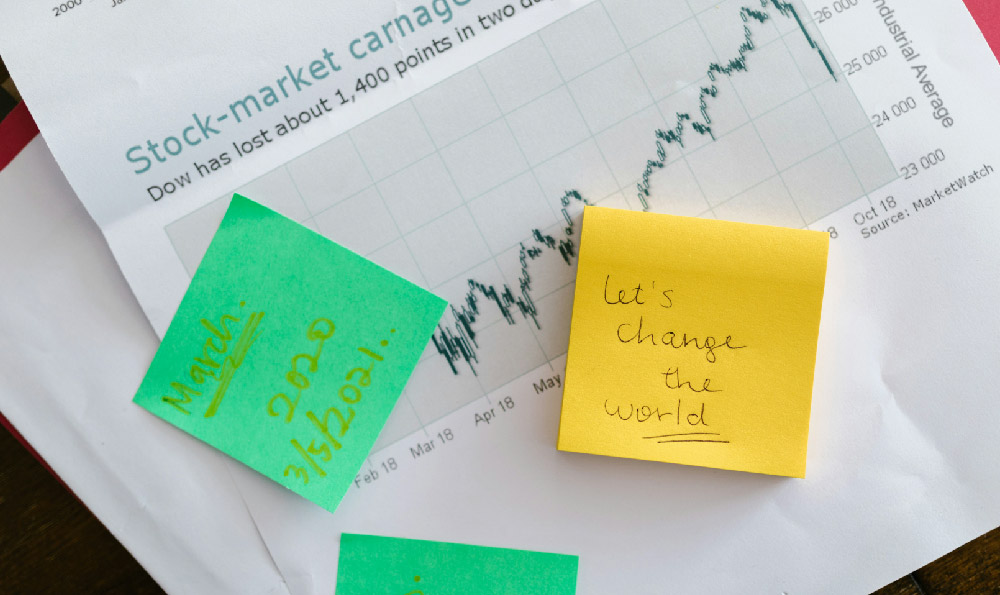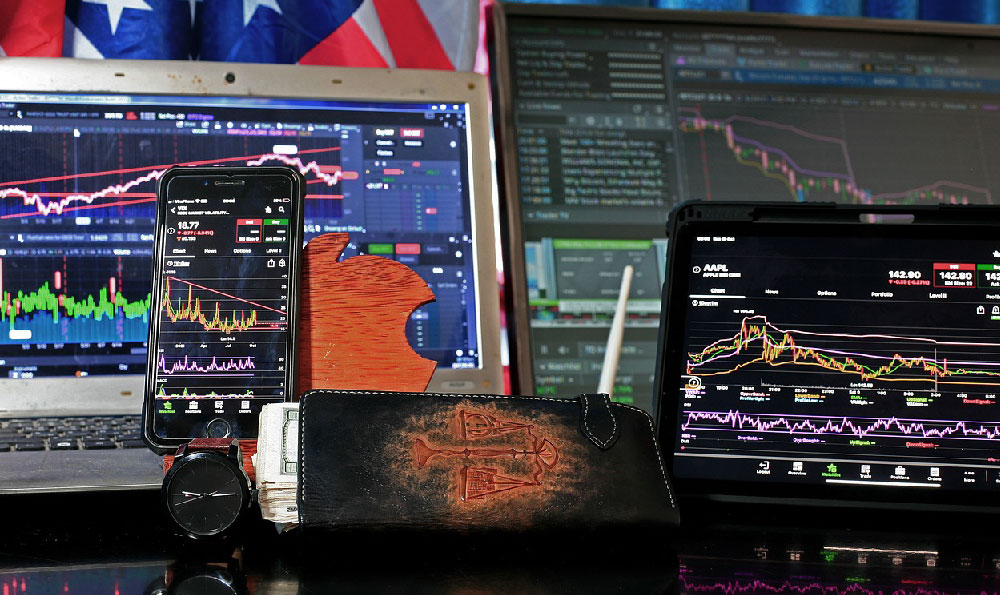
Day trading, the practice of buying and selling financial instruments within the same trading day, has captured the imagination of many seeking rapid wealth accumulation. The allure is undeniable: the potential to capitalize on intraday price fluctuations and generate significant profits in a short period. However, behind the seductive facade lies a complex and demanding landscape fraught with risks that can quickly transform dreams of financial independence into a nightmare. Whether day trading is a pathway to profit or a perilous gamble hinges on a multitude of factors, including individual preparedness, market understanding, and a disciplined approach to risk management.
One of the primary attractions of day trading is the perceived potential for high returns. Day traders aim to exploit small price movements, often leveraging borrowed funds to amplify their potential gains. This leverage, while capable of magnifying profits, also significantly magnifies losses. A small adverse price movement can quickly wipe out a substantial portion of a trader's capital, especially if proper risk management strategies are not in place. The fast-paced nature of the market demands quick decision-making and execution, leaving little room for error or emotional reactions. The pressure to perform consistently can be intense, leading to stress and potentially irrational trading decisions.
Furthermore, day trading requires a substantial time commitment and a deep understanding of market dynamics. Successful day traders dedicate hours each day to monitoring market trends, analyzing charts, and staying abreast of relevant news and economic indicators. They need to be proficient in technical analysis, understanding chart patterns, indicators, and other tools used to predict short-term price movements. A solid grasp of fundamental analysis, while not as crucial as technical analysis in the short term, can also provide valuable insights into the overall market sentiment and potential catalysts for price fluctuations. Without this knowledge and dedication, day traders are essentially gambling, relying on luck rather than informed decision-making.

The challenges extend beyond mere market knowledge. Discipline and emotional control are paramount. The urge to chase losses, revenge trade, or deviate from a pre-determined trading plan can be devastating. Day traders must be able to objectively assess their performance, identify mistakes, and adjust their strategies accordingly. They must also be able to detach themselves emotionally from their trades, avoiding the temptation to hold onto losing positions in the hope of a turnaround or to become overly confident after a series of winning trades. This emotional detachment requires a high degree of self-awareness and mental fortitude.
Another critical aspect of successful day trading is having access to the right tools and resources. This includes a reliable trading platform with real-time data feeds, advanced charting capabilities, and fast order execution. High-speed internet connectivity is essential to avoid delays in executing trades, which can be costly in a fast-moving market. Furthermore, access to research reports, market news, and analysis from reputable sources can provide valuable insights and inform trading decisions. These tools and resources can be expensive, adding to the overall cost of day trading.
The reality is that the vast majority of aspiring day traders fail to achieve consistent profitability. Studies have shown that a significant percentage of day traders lose money, and only a small fraction manage to earn a sustainable income. This high failure rate is a testament to the difficulty and complexity of day trading. It is not a get-rich-quick scheme, and it requires a significant investment of time, effort, and resources.
Before even considering day trading, individuals should thoroughly assess their financial situation, risk tolerance, and available time. They should also educate themselves on the intricacies of the market and the various trading strategies. It is advisable to start with a small amount of capital and gradually increase the size of their positions as they gain experience and confidence. Paper trading, also known as simulated trading, is an excellent way to practice trading strategies without risking real money.
One crucial element often overlooked is the cost of trading. Commissions, fees, and taxes can eat into profits, especially when making frequent trades. It is essential to factor in these costs when evaluating the potential profitability of a trading strategy. Some brokers offer commission-free trading, but these platforms may have other fees or limitations that traders should be aware of.
Consider alternative investment strategies. Long-term investing, value investing, and dividend investing are all strategies that offer the potential for wealth creation without the intense pressure and risks associated with day trading. These strategies typically involve holding investments for longer periods, allowing for compounding returns and mitigating the impact of short-term market fluctuations. Building a diversified portfolio of stocks, bonds, and other assets is a more prudent and sustainable approach to wealth accumulation for most individuals.
In conclusion, day trading is not a guaranteed path to profit. It is a high-risk, high-reward activity that requires a unique combination of knowledge, skill, discipline, and emotional control. While the potential for significant gains exists, the odds are stacked against the average individual. For those who are considering day trading, it is crucial to approach it with caution, do thorough research, and be prepared to dedicate the time and effort necessary to succeed. Otherwise, it is more likely to be a perilous gamble than a profitable endeavor. The more prudent path to financial security often lies in more traditional, long-term investment strategies.





